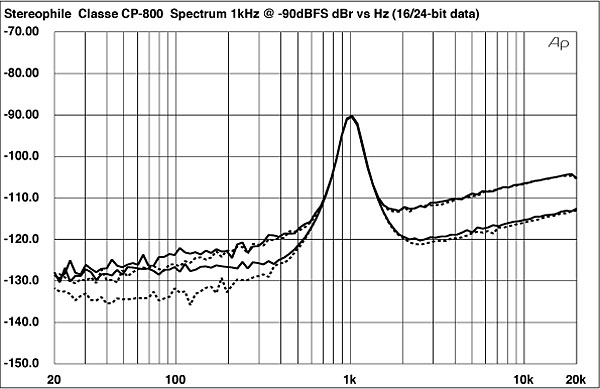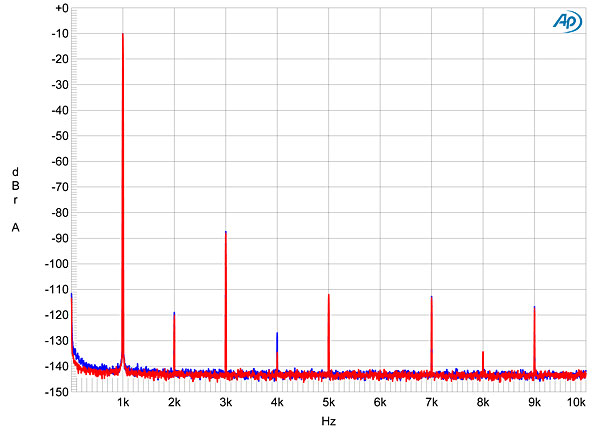| Columns Retired Columns & Blogs |
You gotta love this CP 800, if you are looking for semi receiver like preamp, this one does like the fake stereo in a video game life like Sims3. Its modern, yeah! Pretty neat to have full control over the crossover frequency and a FPGA chip






















































